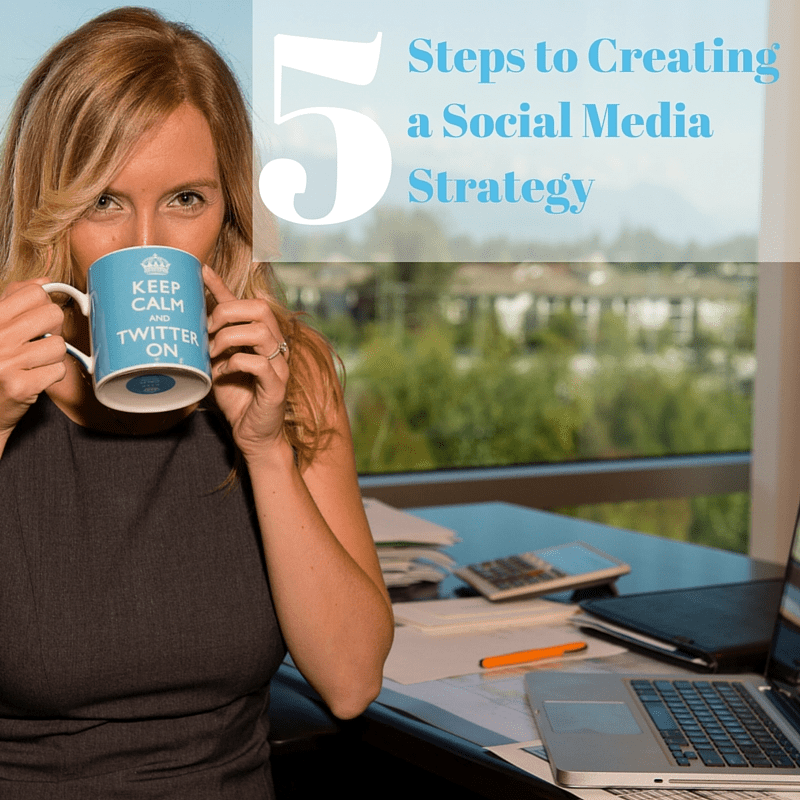 Can social media really help grow our organization? This is a common question asked by organizations that are considering social media as part of their marketing mix. Social media can be an influential tool to help expand your organization and build relationships with your customers. Yet, so many organizations see almost no results. Why is that?
Can social media really help grow our organization? This is a common question asked by organizations that are considering social media as part of their marketing mix. Social media can be an influential tool to help expand your organization and build relationships with your customers. Yet, so many organizations see almost no results. Why is that?
One of the biggest reasons why organizations don’t see results with social media is because they don’t know WHY they are using social media. They have simply heard that they should be on social media and so create a Facebook page and expect results within a week or two.
Before you decide to use social media there are a couple of things you should consider and questions that you need to ask yourself first. Here we will explore the top 5 steps to creating a social media strategy and using social media to grow your organization.
#1 Why do you want to be on social media?
Social media, like radio or newspapers, is just a communication tool. Ask yourself what problem you are you trying to solve using social media. Why do you want to be on social media and what are the results you want to see from your social profiles? Some of the answers might include:
- Increase sales
- Launch new products or new territories
- Connect with our customers more
- Educate our customers on our products
- Hire new talent
#2 Who is your target audience?
One of the great abilities of social media is to help you further understand your demographic and the psychographics of your target audience. Before you create accounts on each platform, you really should understand who your audience is, how they consume information, which platforms they populate and when they are online. You want to be strategic with the accounts that you create so you can easily manage them and get the results that you want. Some ways to get started are:
- Look at your competition and see where they are online and what they are doing.
- Examine other products and services that have a similar target audience.
- Survey your current customers.
- Do a search on the specific social networks.
- Learn from forums and discussion groups.
#3 What type of content should you create?
As you are researching who your target audience is and which social platforms they engage in, it’s important to also observe what type of content they like to consume and what types of conversations they like to have. For example, if you sell suitcases you might post pictures of the newest and latest models on your social channels. But really, how interesting is that? By getting to know your target audience, you might learn they enjoy posts which are helpful and educational, such as, “How to properly pack your suitcase for maximum space!” or “The top 10 items to pack with you on every trip.”
Focus less on what it is that you want to communicate and more on what your audience wants to receive.
#4 Which resources do you have available?
So often companies come up with elaborate social strategies which, frankly, are unrealistic. They plan to be on seven different platforms, posting content and blogging daily, making a weekly roundup video and running Google Adwords, and there are only two employees in the entire company! You want to be more strategic with your social media setup. Take a step back and look at the resources you have to support your great ideas and who is going to implement them. It is better to start off small and do it right than to go full force out of the gate and have to shut down accounts in the coming months. Ask yourself these questions to help figure out what is best for you:
- How much time can you dedicate to your social media daily, weekly and monthly?
- Should you use someone in-house or out-source to help you?
- Do you have funding available to help with design, images, programming, contests etc?
- What type of content can you create and how long will it take? (video, blogs, images)
#5 Measure, correct and repeat
You will find that even with planning and preparation there will be some surprises and things that you will need to change once you launch your social media. It’s important once you start that you set some goals—above and beyond how many likes, shares and comments you get on your posts. Set goals and targets to help you assess your success and ensure that you are getting the results you set out to achieve in the first place. Allow yourself a bit of a grace period (3-6 months) to get started, but continue to measure your progress. If you aren’t seeing the results, test and try something new. Some good metrics to use are:
- Number of applications submitted for a job posting.
- Number of sales/inquires through your website.
- Reduced number of calls through to your customer support desk.
Just like everything else you do in business, your social media should have a strategy that aligns with your business goals and objectives. Social media should also integrate with your other marketing efforts rather than be a silo approach. Taking time to set up your social correctly from the start, and reviewing and correcting as you go, will help ensure that you see results!
Katt Stearns
Helping businesses make sense of Social Media!
Website: http://kattstearns.com/
Facebook: https://www.facebook.com/kattstearns/
Twitter: https://twitter.com/KattStearns
Instagram: https://instagram.com/KattStearns
Catch Katt’s session at the EXCELerate 2015 Conference, “Making Sense of Social and How to Monetize” Friday October 2nd at 2:30pm. Visit here for more details: http://excelerate-conference.com/event-details/program-at-a-glance/








Leave A Comment